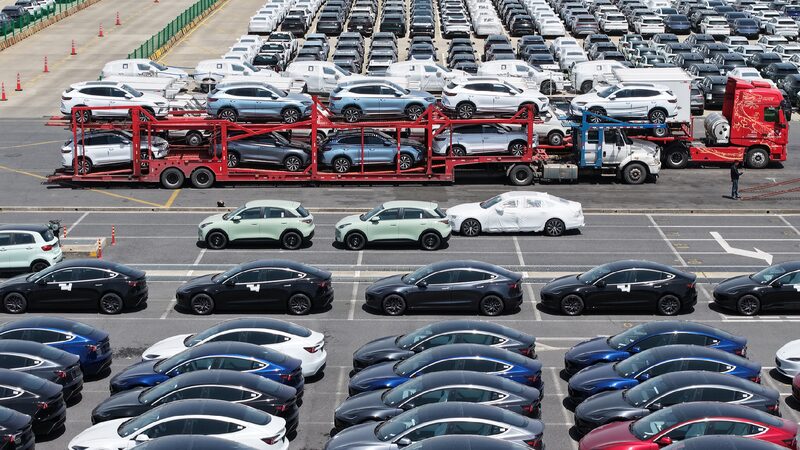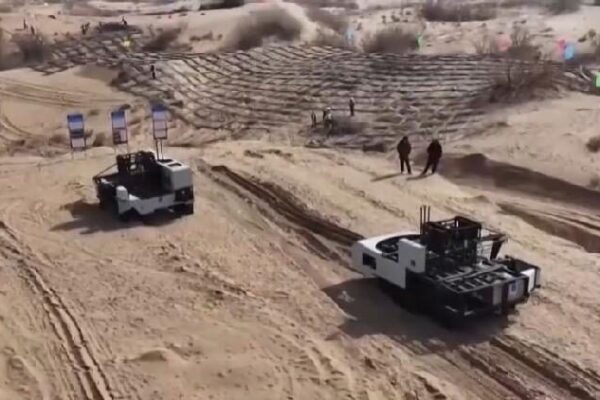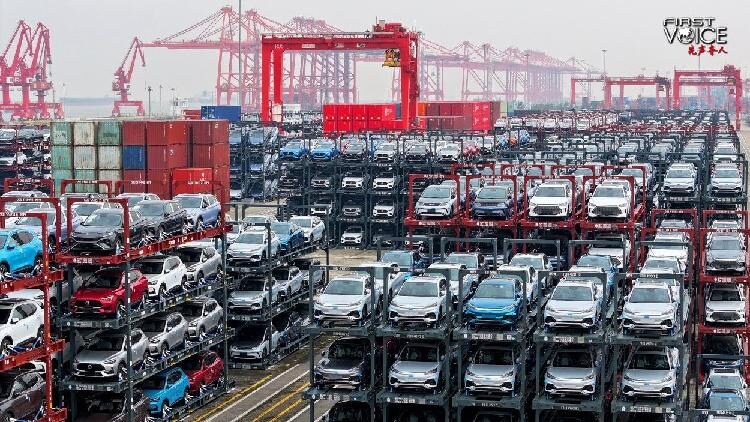All it needed was just four hours.
Imagine building a cutting-edge electric vehicle with the speed and precision of a well-oiled supply chain. In the Yangtze River Delta, this isn’t a futuristic ambition but an industrial reality. Here, a carmaker can orchestrate its entire supply chain in less time than it takes to binge-watch two movies.
Shanghai, a city that thrives on innovation, delivers the vehicle’s “brain”—microchips and AI-driven software. Two hundred kilometers west, Changzhou pumps in the “heart”—high-capacity power batteries. Meanwhile, Ningbo, a short drive south, molds the car’s “body” using advanced die-casting machines. This seamless collaboration has birthed a “4-hour industrial ecosystem,” a hallmark of modernized supply chains turbocharging China’s manufacturing prowess.
At the end of this ecosystem, Shanghai’s Haitong International Automotive Terminal buzzes with activity as ships load vehicles bound for global markets. Customs data reveals that 798 international car carriers departed the port in 2024 alone, exporting 1.298 million vehicles—a testament to the Yangtze River Economic Belt’s dominance as China’s largest automotive corridor.
Innovation Along the River
The belt’s transformation extends far beyond automobiles. In Wuhan’s East Lake High-Tech Development Zone, dubbed “China’s Optics Valley,” the country’s first suspended rail line glides silently above the streets, embodying the region’s tech-driven ambitions. Home to 16,000 optoelectronics firms, the zone now boasts an industry scale exceeding 500 billion yuan ($68.6 billion), dominating global fiber optic and laser production.
Meanwhile, 400 kilometers downstream in Hefei’s “Sound Valley of China,” voice commands generate AI-crafted images and apps in real time. This AI hub, hosting over 2,000 enterprises, has surpassed 200 billion yuan in annual output, anchoring a thriving ecosystem of voice recognition and artificial intelligence.
Further west, Chengdu and Chongqing are emerging as powerhouses in next-generation displays, while Hunan Province, a traditional heavy industry stronghold, added 24 national manufacturing champions in 2024, solidifying five advanced industrial clusters.
Waterways Weaving a Global Network
Stretching 6,300 kilometers, the Yangtze River is more than a geographic marvel—it’s China’s economic lifeline, bridging inland production hubs to international markets.
In upstream Chongqing, the Liangjiang New Area’s Guoyuan Port has evolved from a regional river terminal into a global nexus. Its sixteen 5,000-tonne class berths and sprawling yards now connect western China to over 300 ports across 100 countries.
Central China’s Wuhan expanded its reach in late 2023, launching a 2,350-nautical-mile route to Vietnam’s Ho Chi Minh City and slashing logistics costs for exporters with a 16.5-day round trip.
Ningbo-Zhoushan Port, a downstream giant, has claimed the world’s busiest cargo hub for 16 consecutive years, while Shanghai Port deploys digital systems to streamline container flows across railways, highways, and waterways.
As the Yangtze River surges seaward, it carries more than water—it propels China’s opening-up strategy, reshaping the industrial landscape and connecting the nation to the global economy.
Reference(s):
How the 4-hour Yangtze ecosystem reshapes China's industrial heartland
cgtn.com








